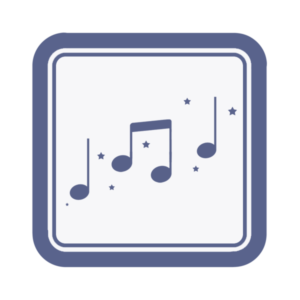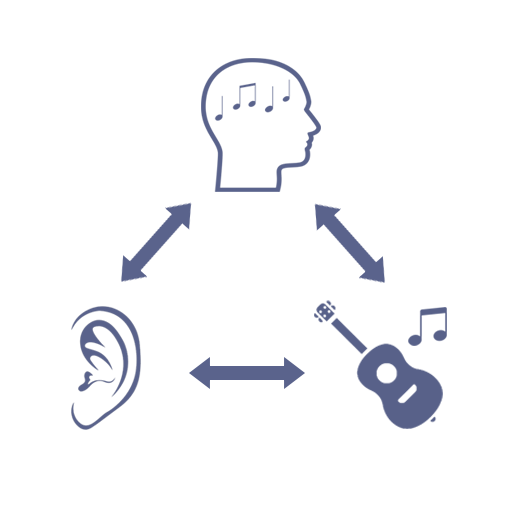
Improvising Melody
Practice improvising melody – first the dimension of rhythm, then expanding into the dimension of pitch.
After completing this module: you will be able to improvise meaningful melodies on your instrument with an increasingly “Listen – Play” approach.
While many improv methods dive right into scales and chords, if you really want your solos to sound musical, you’re going to want to understand the art of making melodies.
Melodies are comprised of pitch + rhythm. Rhythm is perhaps the most important yet neglected aspect of improvising great melodies. So this module contains practical exercises to hone in your sense of rhythm, and then a way to introduce pitch where every note adds musical meaning to your improv.
Module Preview
Contents
- Introduction
- Improvising Rhythm
- Something to Play Off Of
- A (slightly) bigger playground…
- Pentatonic Patterns
- Repetition and Variation
Rhythm is the most foundational dimension of music. And it’s the first thing to examine if you want to make your improvs more interesting. So let’s strip away (most) everything else and focus our concentrate attention on the dimension of rhythm.
Freedom
We don’t work music – we play music. Your first exercise is to play with rhythm. This will be done away from your instrument. (If you’re not sure of your rhythmic skills, you may want to spend some quality fun time with our Connect with the Beat module.)
Exercise 1
Schedule three days where you are going to commit yourself to playing with rhythm every chance you get. Tap, clap, slap, stomp, use nonsense syllables (or real words) – any way you can imagine using your body to make rhythmic noises. How interesting can you make your rhythm creations?
If you’re not having fun, make it fun! You know this isn’t real music, and nobody’s really listening, so you’re safe to have at it, experiment, and play. The willingness to play like this will take you far when you return to your instrument or singing voice.
Constraint
In Exercise 1 above you were entirely free to get absolutely silly with rhythm. At the same time, we did place a large constraint: no instrument. Yet it certainly felt free! Now take the instrument back in your hands – and all the baggage that goes with it! When you try to free up your playing on an instrument, you are dealing with all the habits, triumphs, and frustrations of your experience with that instrument. That complex emotional relationship can block improvisation. So we’re again going to strip away the extras and focus on rhythm.
Exercise 2
Remember the three-note exercise from the Approaching Improvisation module? This time choose one note. Only one note! Now take that note and work it rhythmically every way you can – long notes, short notes, syncopations, squirrel chatters, and fog horns.
We’ll also add in some more musical dimensions: dynamics from whisper to thunder and everything in between, experimentations with shifting tone colors, and varieties of articulation – both in the way you start that one note and finish it. It is cheating just a little bit, but you may allow yourself to bend the note as well, if your instrument allows. It’s only one note, but this is not an easy exercise! There are only two things that are easy about it:
- It’s easy to play only one pitch
- It’s easy to run out of ideas and get bored pretty quickly!
The big challenge is to keep it interesting to you.
- Imagine playing an exciting drum solo
- Lose your soul in a wailing tone color
- See how many spoken consonants (t, d, l, m) you can create on your instrument
- See how fast you can shift dynamics
- Use silences as well as sounds
- Group your rhythms into short motifs, and these motifs into phrases

The Improvisation Mindset
Like any exercise, the one-note improv will improve with practice. But unlike practicing scales, chords, or other technical things, practicing improvisation becomes more fun and interesting the more you do it. That’s because you’re practicing creation. And the more you practice creating, the more you unlock that flow within you.

